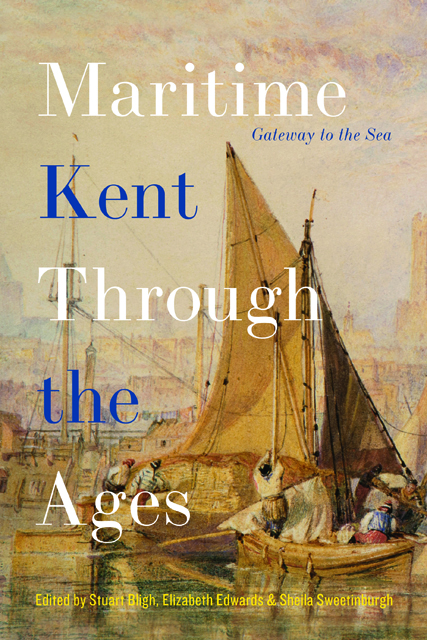22 - Rhododendrons and Raids: Dover Naval Women’s Daily Life and Emotions in 1918
Published online by Cambridge University Press: 20 December 2023
Summary
What connections can there be between bombs and roses, mines and hampers full of asparagus, between beautifying a grubby convent and extolling the Zeebrugge Raid? The answer is that Helen Beale, a thirty-two-year-old Women’s Royal Naval Service (WRNS) officer in Dover, revealed how these elements counter-intuitively co-existed in World War I Kent. There was heroic male masculinity in dangerous naval operations at sea alongside what might be called ‘traditional femininity’, women who were never too ‘sailorised’ but worked as administrators in backroom offices, and sometimes revealed subjective feelings and domestic preoccupations.
This chapter discusses Beale’s version of naval Dover from February to May 1918 when she established the WRNS there, including founding the hostel that was members’ home from home. Her own (unpublished) words are used wherever possible, contextualised by primary and secondary material about the WRNS and naval history. In those fine spring days of the last year of the war she established a template for the Dover WRNS in the period that followed, even after the war’s end.
Beale was the youngest daughter of a non-conformist family with seven children. Her father, James, was a solicitor who had grown wealthy from negotiating railway contracts, especially the Midland Railway’s St Pancras route. In the 1890s the family moved from London to their new Arts and Crafts house, Standen, in East Grinstead (now owned by the National Trust). As women of their class did, before the war Helen joined the local branch of the Red Cross as a Voluntary Aid Detachment (VAD) nursing assistant and later nursed in Étaples and London.
Looking for something with more scope, in January 1918 this well-travelled VAD switched to the Women’s Royal Naval Service. The WRNS had just been formed after much early resistance to women’s incursion. In December 1914 Vice Admiral David Beatty had expressed a typical view: he had ‘never heard such nonsense’ as the rumour of a possible women’s branch of naval services. He opined that there was plenty of work for women which men could not do. If women were married it was ‘enough to look after their homes and children’.
- Type
- Chapter
- Information
- Maritime Kent through the AgesGateway to the Sea, pp. 467 - 486Publisher: Boydell & BrewerPrint publication year: 2021

